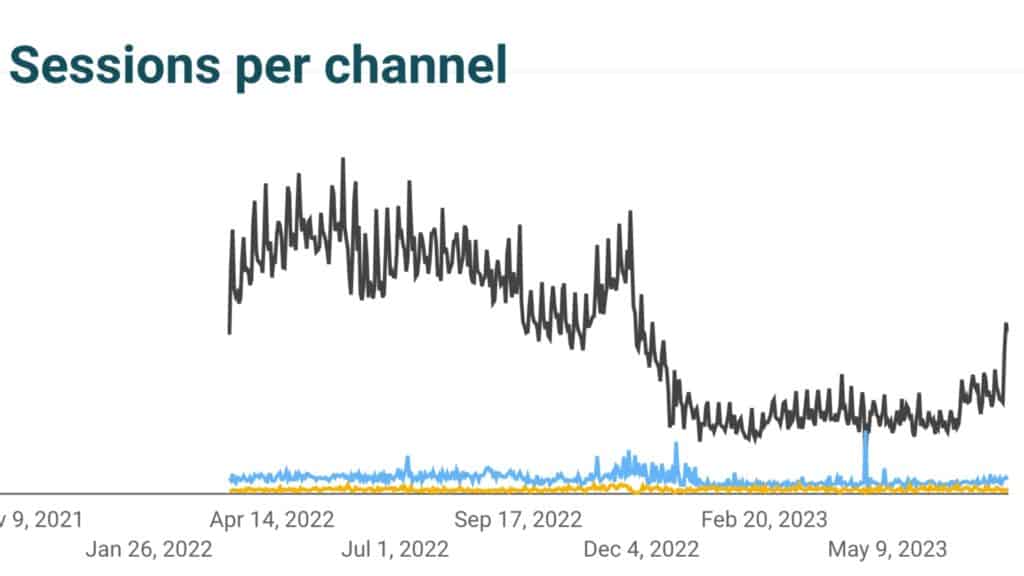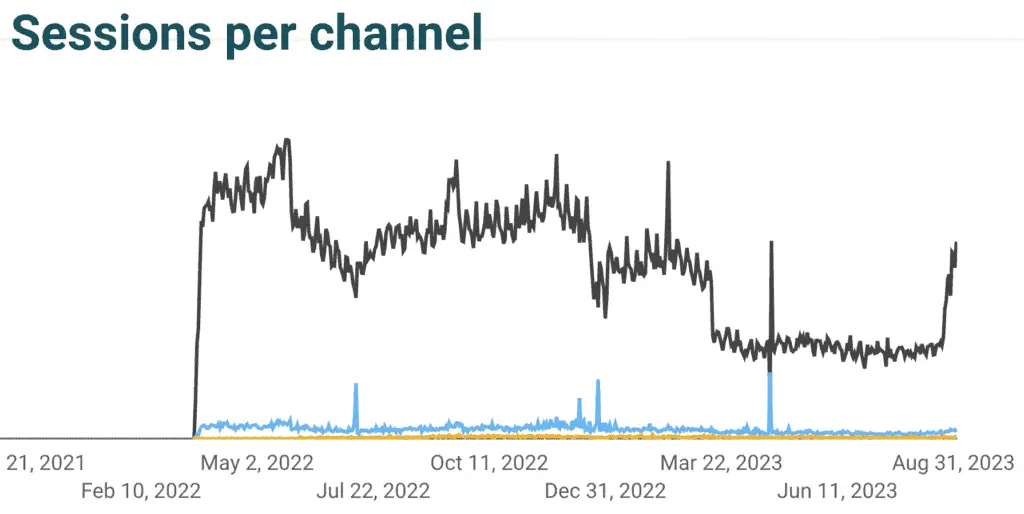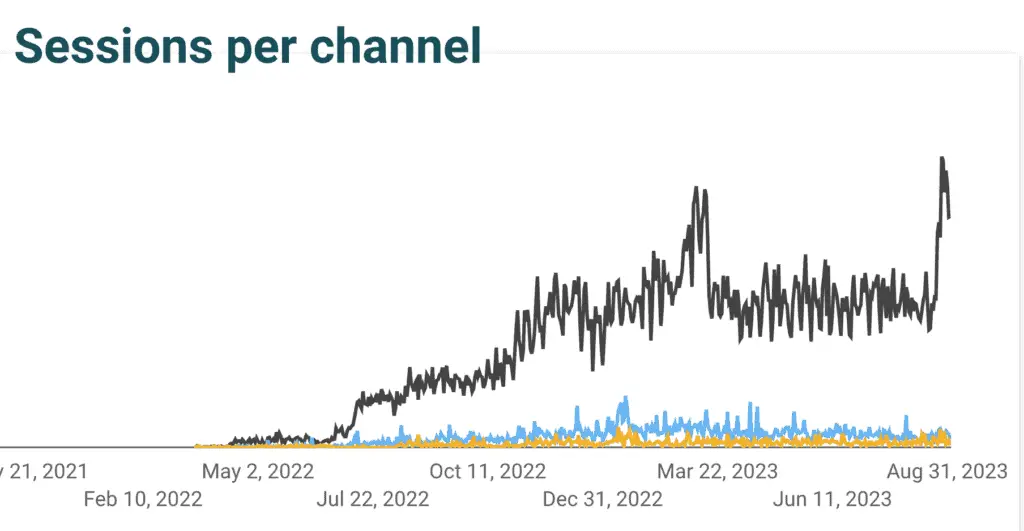Your website has so much untapped potential if you know where to look.
I decode how search engines see your content with analytics, data science, and semantic SEO.
I’ve learned from Koray Tuğberk GÜBÜR, Bill Slawski, and by reading Google’s patents to uncover how to communicate with search engines and get your site ranked higher.

There’s a better way to grow traffic than just going after low hanging fruits and longtail keywords. The top authorities in your niche aren’t creating hundreds of pages on small keywords. You should become that authority others follow and create a semantically correct network.
You need a site traffic cluster analysis to see where the search engine thinks your authority lies and where you can make better connections to distribute that authority to your important money earning pages.
The search engine doesn’t look at how many pages you have on a certain topic to determine your authority. It looks at how many visitors you can serve in a particular knowledge domain. That’s why you need to look at your site traffic cluster, a visualization of where in your site you get your visitors and how you distribute that authority across pages.
You’ll quickly realize you have content gaps where you need to create a contextually relevant bridge to become an authority in your knowledge domain.
Our expertise is in upgrading current websites to recover from Google Core Updates or improve beyond the current authority level. We also analyze the site traffic clusters of competitors to be able to create a better topical map for new sites to become an established authority.
There are three ways to work with us:
SEO Consulting
Done with you: Work directly with me and my team on a consultancy basis. This includes creating a real topical map based on semantic SEO principles and the strategy to implement it for tremendous growth.
SEO Services
Done for you: My team and I will work on your project using semantic SEO. We’ll create everything from the topical map with content briefs, to the content itself, so you can be sure search engines understand your site and will rank it accordingly.
Automation
We’ll look at your SEO processes and automate as many steps as possible. From easy fixes like using no-code solutions to implementing web scraping with python and using generative AI, so you can get the speed and cost-savings you need.
Just click on “Let’s work together!” and tell me about your project. I’m always happy to talk shop :)
Hi, I’m Joost The Content Decoder and I help businesses of any size with their semantic SEO.
I used to be a data scientist for Vivat, one of the largest insurance companies in the Netherlands, before I started my own digital publishing company. I’ve learned to bring machine learning to improve SEO processes and uncover unique data to decode how search engines see your content with analytics, data science, and semantic SEO.

Latest project – Site recovery using semantic SEO
The site I’m working on with semantic SEO is recovering quite nicely after losing traffic last year. I’ve only updated 3 core articles following semantic principles and added 7 new articles. The cool thing is that a lot of other pages are increasing in traffic as well, pages I haven’t touched.

I removed many internal links from the articles I updated and only linked according to the new topical map. Then I rewrote the content based on the queries of competitor pages and followed a semantic structure for the articles. The new articles (outer section) were written in this structure as well, linking to the updated nodes where applicable.
Here is one example of how to connect the content in a semantically correct way.
There was this one article which once performed well, but over time the site moved in another direction creating more and more content on different subjects. Because of that the semantical distance between the article and the rest of the site kept growing.
By using micro semantics and a true topical map around the subject, I was able to connect this topic back to the main focus of the site and the traffic went up again.
- I created a bridge page between the main topic of the site and this topic
- then wrote an extra paragraph in the supplementary content of one of the seed nodes of the other topical map, linking to that new bridge page
- From the bridge page I linked to this article from within the main content
- From this article I linked back to the bridge content
That’s it, I changed nothing else on the page itself and by making the page relevant to the overall site’s source context I managed to revive the article.
Google Core Algorithm Update recovery in the sports niche using a site traffic cluster
It’s all about looking at the connections within your site and the words you’re choosing and looking at the site traffic cluster to see where Google thinks your authority is.
With this site, I’ve been working on connecting the different types of sports the content is talking about using entities and their connections to each other. Like connecting different racket sports and then ball sports with an overal ball sport article and making sure they link at the supplemental context level in the articles.
And it’s also recovering from previous Google Algorithm Updates where it lost traffic due to context dilution.

Growing a new site using entity connections and competitors’ site traffic clusters
This site is in the video creation niche and it’s still pretty new. By using an interconnected entity strategy and looking at the site traffic clusters of competitors, we’ve been able to grow the site to 650 visitors a day in a very competitive niche in just a few months.

